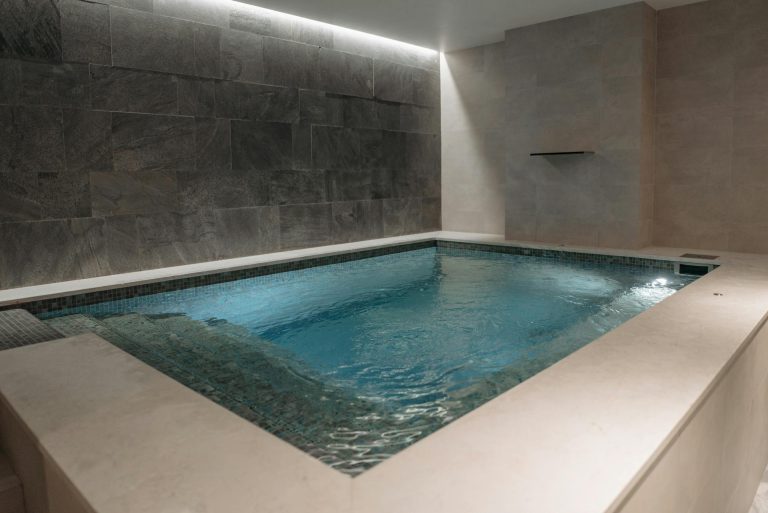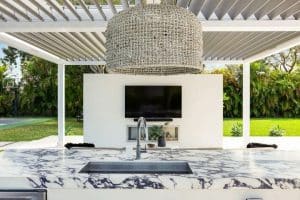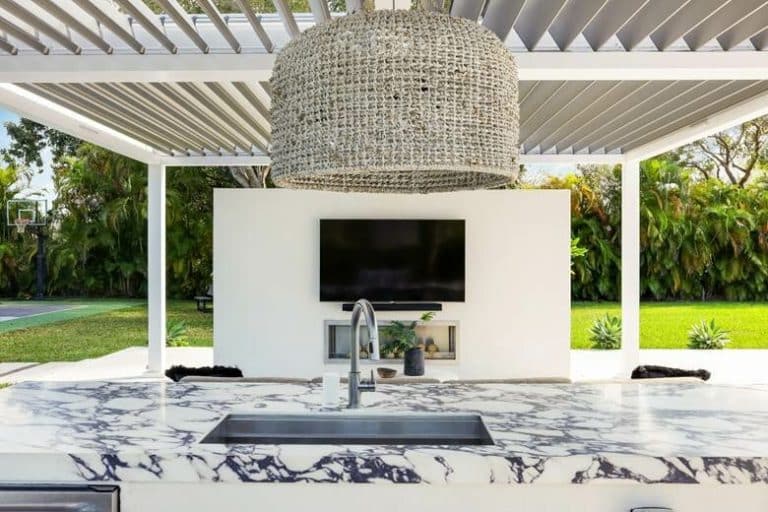Closing a pool for the cold season is about much more than just putting on a cover. Proper winterization protects your investment, keeps the water cleaner, and makes opening in spring far easier and less expensive. With a clear checklist and a bit of planning, you can complete most of the work in a single afternoon.
As you prepare for freezing temperatures, remember that safety and surface protection are just as important as water chemistry. Pay attention not only to the pool basin, but also to surrounding areas such as your deck or walkways; resources like https://safestep.pro/pool-deck-2/ can be helpful for understanding how to keep these high-traffic surfaces safe and in good condition through winter. A comprehensive approach reduces slip hazards, prevents damage from ice, and keeps the whole pool zone ready for use in the next season.
Why Winterizing Your Pool Matters
When water freezes, it expands. That expansion can crack tiles, damage skimmers and plumbing, and stress the pool structure. Debris left in the water over winter will stain surfaces and foster algae growth, creating a bigger problem in spring. A clear, methodical approach to winterizing reduces the risk of costly repairs and cuts down the time you will spend cleaning and balancing the pool when warm weather returns.
1. Start with A Deep Clean
Begin by thoroughly vacuuming the pool floor, brushing the walls, and skimming the surface. Remove leaves, insects, and any other debris. Pay special attention to corners, steps, and behind ladders where dirt tends to accumulate. The cleaner the pool is at closing, the less organic matter will be left to decompose and disrupt your water chemistry over winter.
2. Balance the Water Chemistry
At least a few days before closure, test and change your water. For your pool type, try to keep the pH, alkalinity, and calcium hardness within the suggested levels. Balanced water keeps metal parts from rusting and surfaces from getting scale or etching. Once these parameters are stable, add a winterizing chemical kit or individual products such as algaecide and a non-chlorine oxidizer according to label directions.
3. Lower the Water Level Correctly
How much you lower the water depends on your pool and the type of cover you use. For many in-ground pools with mesh covers, water is typically lowered below the skimmer opening to prevent freeze damage. For solid covers or pools with special skimmer plugs, the level may remain higher. Above-ground pools often have different requirements, so always check your owner’s manual. In every case, follow the manufacturer’s recommendations, and avoid draining the pool completely unless specifically instructed by a professional.
4. Protect the Plumbing and Equipment
Any water left inside pipes, pumps, filters, or heaters can freeze and cause cracks. After turning off the system, use the drain plugs on pumps, filters, and heaters to empty them. In colder climates, many owners use a shop vac or air compressor to blast water out of lines before sealing them with winter plugs. Store drain plugs and small parts in a labeled bag so you can find them quickly in spring.
5. Remove and Store Accessories
Take out ladders, handrails, skimmer baskets, automatic cleaners, and any toys or floating devices. Rinse everything with fresh water, put it away in a clean, dry place after it has completely dried. space away from direct sunlight. This prevents staining, cracking, or fading over the winter months and makes re-installing accessories quicker when you reopen the pool.
6. Choose and Install the Right Cover
A strong, well-fitted cover keeps debris out, blocks sunlight that encourages algae growth, and adds a layer of safety. Whether you use a solid or mesh cover, ensure it is tensioned properly so it does not sag into the water. Check that anchors, straps, or water bags are secure and that there are no gaps where wind can lift the cover or small animals could slip underneath.
7. Manage Water on Top of The Cover
Rain and melting snow can collect on solid covers, adding weight and stressing the material. Get rid of standing water with a cover pump periodically, and clear away leaves and debris so they do not decompose into a heavy sludge. For mesh covers, inspect occasionally to verify the material is intact and the tension has not loosened after storms or heavy winds. A little routine care can go a long way in keeping your cover safe and clean. Here’s what you should pay attention to:
- Make sure water doesn’t sit on top of the cover, especially after rain or melting snow.
- Use a cover pump from time to time to remove any standing water before it becomes too heavy.
- Clear leaves and debris regularly so they don’t break down into thick, heavy sludge.
If you have a mesh cover, check it every so often to make sure the material is still in good shape.
- After strong winds or storms, look over the mesh to be sure the tension hasn’t loosened.
8. Safeguard the Surrounding Area
The pool isn’t the only thing that changes in winter. It can be very slippery on steps, decks, and walks when there is ice, snow, or freezing rain. Cut back branches that hang over the cover and could break under the weight of snow. Also, make sure that outdoor furniture or equipment is secure so that it doesn’t blow onto the cover. To lower the danger of falls when people go to the pool area during the off-season, think about putting down non-slip treatments or mats around busy areas.
9. Check Periodically Throughout Winter
Even after a careful closing, conditions can change. Make quick visual inspections every few weeks: look for sagging covers, loose anchors, or signs of animal damage. After severe weather, confirm that the cover is still tight, the water level has not dropped significantly, and equipment housings remain dry and secure.
10. Plan Your Spring Opening While You Close
A careful winterizing process makes the opening go more smoothly. When you take off accessories, put them all in one place and write down everything that needs to be fixed or replaced. Make a note of the chemicals you used, the water balance at the end of the day, and any notes about how well the equipment worked. These facts will make it easier for you to fix problems and plan service or upgrades before the busy season.
11. Consider Professional Support when Needed
Some pools include complicated elements like spas that are attached to them, waterfalls, computerized control systems, or distinctive finishes. If you’re not sure how to winterize these parts or if your climate has big temperature changes, it could be a good idea to talk to an experienced pool technician.
A professional can pressure-test lines, inspect heaters and automation, and point out developing issues before they become failures. Even a one-time visit to check your setup and closing procedure can give you confidence that you are protecting the pool correctly.
Proper winterization combines attention to water chemistry, mechanical protection, and safety around the pool area. By following these tips, you protect your pool structure and equipment, reduce maintenance costs, and make it much easier to enjoy clear, inviting water when warm weather returns. If you need additional guidance on seasonal maintenance and surface safety solutions, you can find more information on the site.













